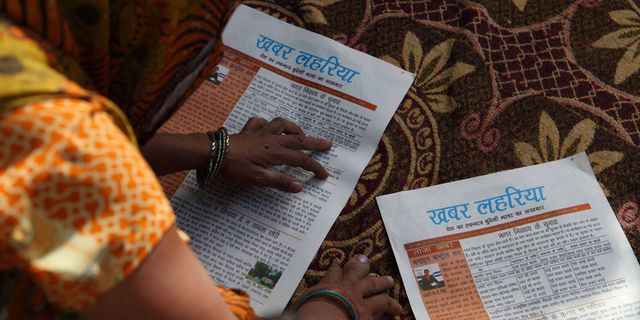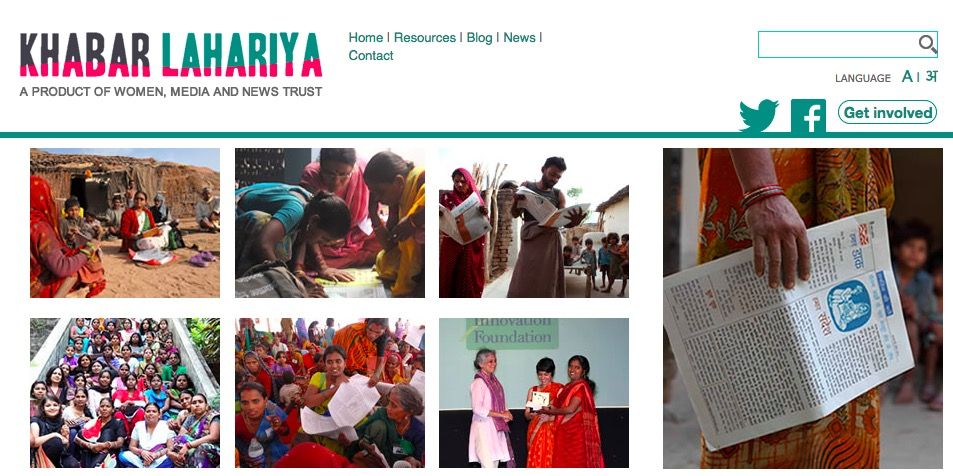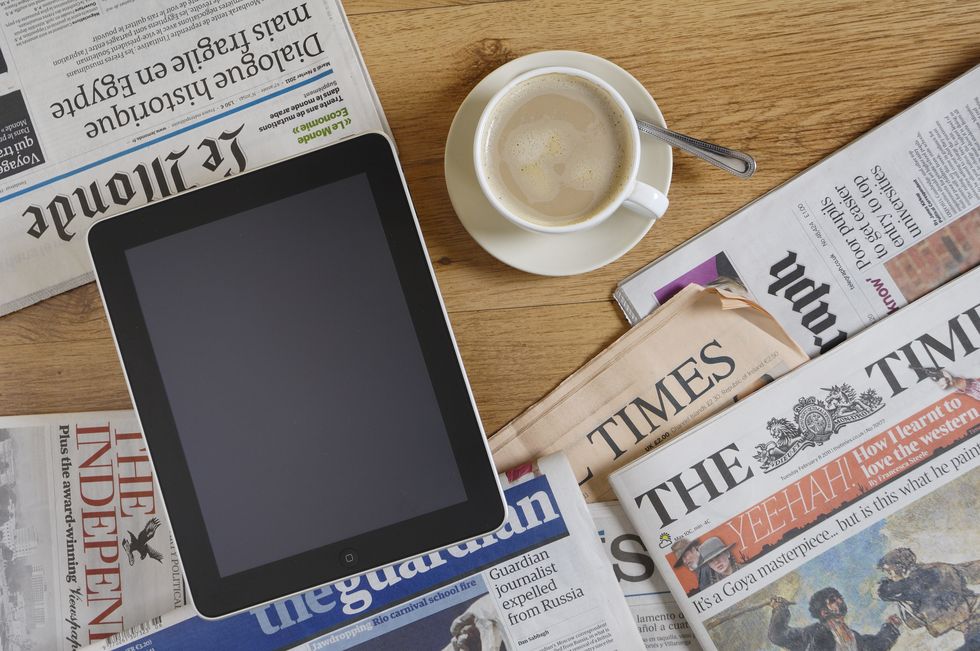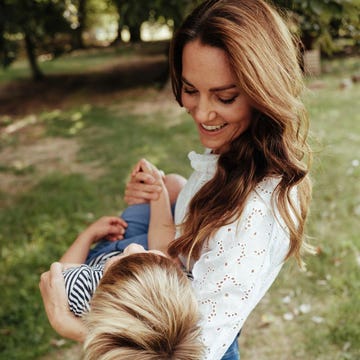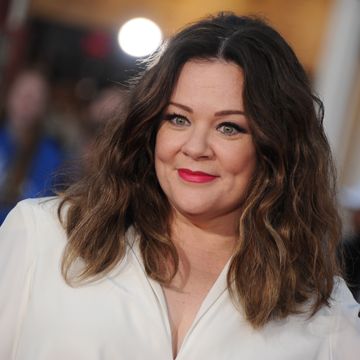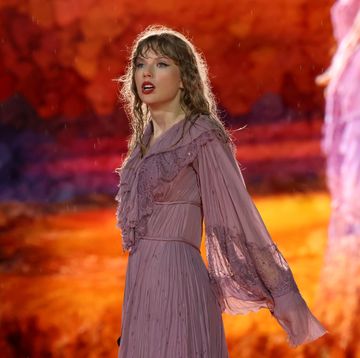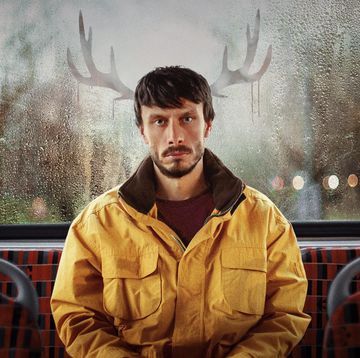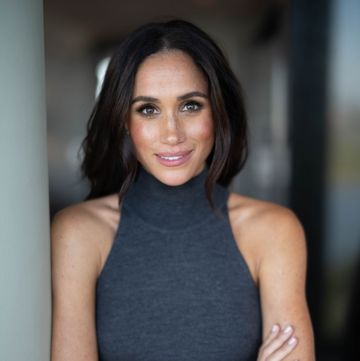How did you read the news this morning?
Did you read it on an app during your commute? Scroll through Twitter? Perhaps you watched a short Instagram Story on BBC News?
Across the world, we take for granted how easy it is to send and receive news at moment's notice. But, it hasn't always been the case for one newspaper in India – until now.
Fourteen years after launching India's all-female newspaper, Khabar Lahariya, its founders have just gone digital.
Covering local and rural news in Uttar Pradesh, Madhya Pradesh and Bihar, the paper – which is staffed, edited and run by women from nearby rural villages – was previously printed fortnightly and handed out by reporters working in certain towns.
But now the paper is transferring its skill into the digital sphere, allowing reporters to record and file video reports and send instant news updates via social media. In just two months, its website received more than 700,000 hits, beating its now-weekly publication's readership of just 50,000.
With more than 350 million citizens in India boasting access to the internet, one of the newspaper's founders (some of the reporters would prefer to remain anonymous) says the ability to transfer the news online has made a immeasurable impact on the way the newspaper can connect to its readership.
'It is easy to work with, and it shows people that we are on the ground and reporting facts, that we're not just making things up.
'The only thing is, when something big happens and other news crews from the big channels are there too, people always want to be interviewed on the big cameras first. I tell them that our little phones are doing the same job as those big cameras,' she tells The Guardian.
Despite the move into digital, the newspaper is still overcoming technical hurdles that regularly affect their reportage of the news.
Khabar Lahariya's head of digital says: 'I get calls from reporters saying they have been filming reports for two or three days, and they just can't get a 3G signal to send them.'
With investment now coming from advertising as well as local investment, co-founder Shalini Joshni says its business model is slowly distancing itself from other newspapers in rural India that struggle to become independent – both financially and politically.
'I saw a gap in rural Uttar Pradesh and that region, and I wanted to bring more women into journalism and establish an independent newspaper,' she says.
The newspaper hopes to encourage other women to share their experiences and find independence.
'We try to give women voices, and tell stories from their points of view when possible. We have a whole page dedicated to women's issues in the paper and a women's column on the website,' says Joshni.
Inspiring work, ladies.
Watch a video about the journalists below:

Katie O'Malley is the Site Director on ELLE UK. On a daily basis you’ll find Katie managing all digital workflow, editing site, video and newsletter content, liaising with commercial and sales teams on new partnerships and deals (eg Nike, Tiffany & Co., Cartier etc), implementing new digital strategies and compiling in-depth data traffic, SEO and ecomm reports. In addition to appearing on the radio and on TV, as well as interviewing everyone from Oprah Winfrey to Rishi Sunak PM, Katie enjoys writing about lifestyle, culture, wellness, fitness, fashion, and more.
